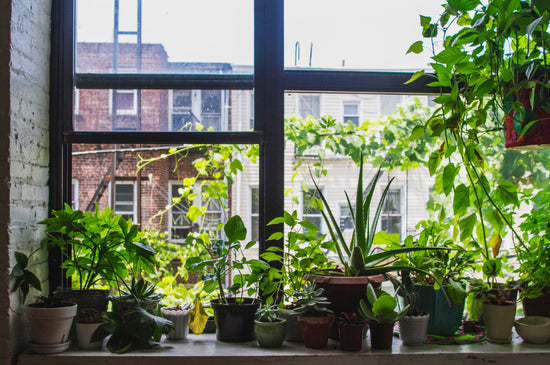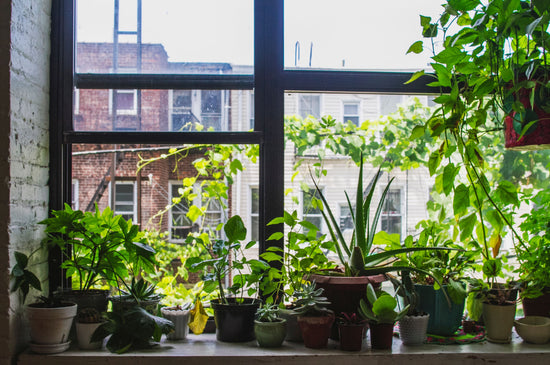How to Get Rid of Gnats in Houseplants
Gnats can be a pesky problem for plant enthusiasts, often buzzing around soil and disrupting the peace of your indoor oasis. Fortunately, there are simple and effective methods to tackle gnats in your houseplants and prevent them from returning. Whether you’re caring for a resilient ZZ Plant or a beautiful Christmas Cactus, keeping pests at bay is essential for healthy, thriving plants.
Explore more plant care essentials in our Houseplants Collection.
Understanding Why Gnats Appear in Houseplants
Gnats, particularly fungus gnats, are drawn to moist soil and decaying organic material. Here are the common causes of a gnat infestation:
- Overwatering: Excess moisture in the soil creates the perfect breeding ground for gnats.
- Organic Material in Soil: Decaying plant matter can attract these pests.
- Poor Drainage: Stagnant water encourages gnats to thrive.
Steps to Eliminate Gnats from Your Indoor Plants
Follow these proven methods to eliminate gnats from your houseplants:
-
Let the Soil Dry Out
- Fungus gnats lay their eggs in moist soil. Allowing the top few inches of soil to dry out can disrupt their life cycle.
-
Use Sticky Traps
- Place yellow sticky traps near the plant to catch adult gnats. This reduces their population and prevents them from laying eggs.
-
Apply Hydrogen Peroxide Solution
- Mix one part hydrogen peroxide with four parts water. Pour the solution into the soil to kill larvae without harming the plant.
-
Repot the Plant
- For severe infestations, remove the plant from its pot, discard the infested soil, and repot it using fresh, well-draining soil.
-
Introduce Beneficial Nematodes
- These microscopic organisms attack gnat larvae, providing a natural and effective solution.
Preventing Future Gnat Infestations
- Water Plants Wisely: Avoid overwatering, especially for plants like the Satin Pothos and Peace Lily.
- Maintain Cleanliness: Remove fallen leaves and debris from the soil surface.
- Improve Drainage: Ensure that your indoor planter has proper drainage holes to prevent stagnant water.
- Inspect New Plants: Before bringing new plants home, such as a Spider Plant, check for signs of pests.
FAQs About Gnats in Houseplants
Q: Are gnats harmful to houseplants?
A: While adult gnats are more of a nuisance, their larvae can damage plant roots and hinder growth.
Q: Can I use natural remedies to eliminate gnats?
A: Yes! Neem oil and diatomaceous earth are effective natural options for getting rid of gnats.
Q: Do all houseplants attract gnats?
A: Plants with consistently moist soil, such as Devil's Ivy, are more likely to attract gnats. Proper watering habits can minimize the risk.
Conclusion
With these simple steps, you can eliminate gnats and keep your houseplants healthy and pest-free. Whether you’re caring for a lush Philodendron or a hardy Snake Plant, maintaining good plant care practices will ensure your indoor plants continue to thrive. Explore our wide selection of plants and solutions in the Houseplants Collection.





